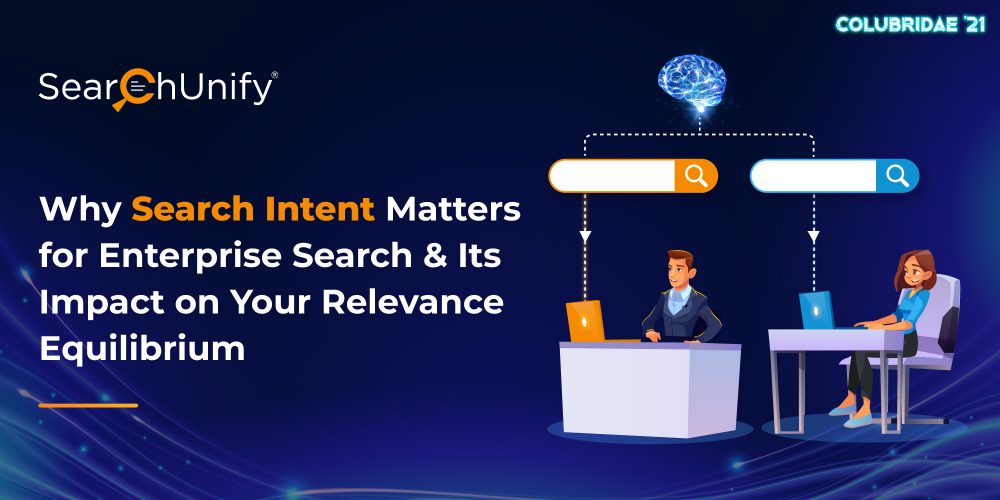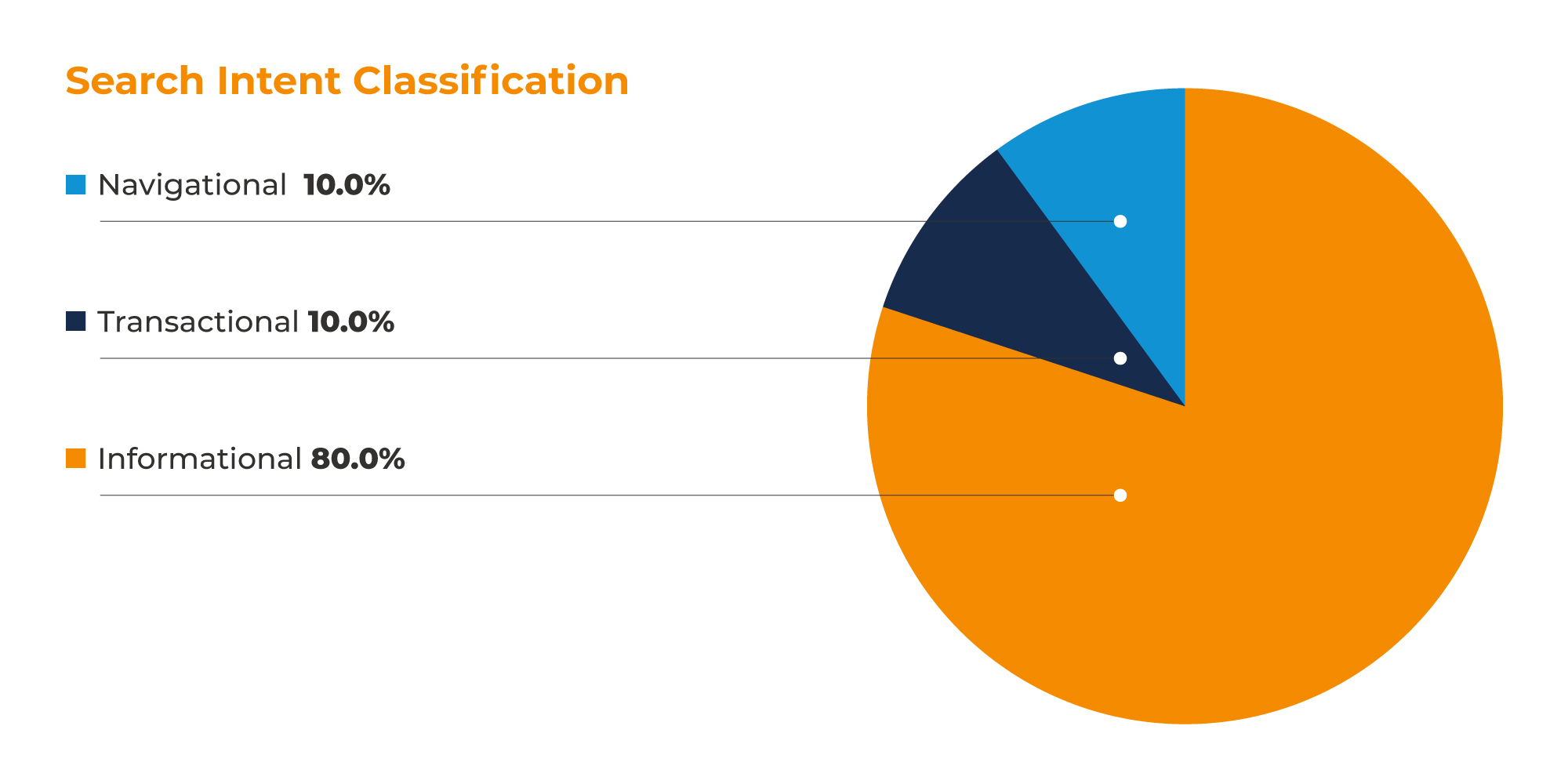
If your organizational knowledge isn’t optimized for search intent, there’s a good chance that it might never see the light of day.
I know it’s a big bolt out of the blue. But this is something that often slips under the noses and adversely impacts customer and employee experience. Before I get into the nitty-gritty, it is imperative to understand what we’re dealing with here.
Let me explain.
Search intent is the centerpiece for creating and delivering content that your users need. You might think that your KM strategy has got it covered, but it doesn’t reveal one vital piece of the puzzle – the “why.”
Why are your service representatives and customers interested in a particular keyword? What are they trying to achieve?
Search intent contains the answer to that question. Once that is out of the way, you’d be giving people exactly what they want.
In this post, I’ll be covering search intent in the easiest way: from what it is, why it matters for enterprises, to its implementation across your digital strategy. Enjoy!
What is Search Intent
Not all searches are the same, even those with essentially the same query.
Here’s an example. If someone searches for your latest release, it could mean:
- They are a prospect in the process of evaluating different vendors
- They are a customer who wants to learn about new features and their use cases
- They are a support engineer looking for technical know-how to help the customer
That means your digital channels need to identify users’ underlying objectives and personalize the experience accordingly. Fortunately, search intent is perfect for this job.
The intent behind keywords, why that individual is searching for something, is your golden ticket. It makes your searchers happy.
The Three Primary Types of Search Intent
Now, let’s take a quick look at the different types of search intent that your enterprise search engine will have to interpret.
1. Informational Intent
The searcher is seeking information. It could be a straight answer like the price of your product. Or, it could be something that requires a more descriptive response, like how your solution works. The query may or may not be in the form of a question. Either way, they’ll expect an accurate answer.
2. Navigational Intent
These are navigational queries where the searcher is looking for a specific page. They already know where they want to go but are still searching because it’s more convenient than typing the entire URL or navigating to a page. That makes it all the more important to populate the right results.
3. Transactional Intent
This name contains the biggest clue: transACTIONal. These queries come from users who are solely interested in doing something or taking action – like creating a support ticket or making a purchase. They just want you to facilitate it.
In case you’re curious about the most popular of the three search intent types, studies have shown that more than 80% of them are informational.

“Splendid! But how do I recognize a search intent when I see it?”
Well, in the following table, I’ve highlighted some leading keyword modifiers that hint towards a particular intent.
| Informational | Navigational | Transactional |
|---|---|---|
| what | feature name | create |
| where | product name | buy |
| who | service name | purchase |
| why | brand name | download |
| how | register | |
| learn | sign in |
Search Intent & Enterprise Search: It’s a love-love relationship!
When an enterprise search engine is adept at identifying and working with search intents, the payoff is massive. Some notable points include:
- Better engagement: If your content serves the searcher’s purpose, they will not only be happier but also tilt more towards self-service. As a result, the agent caseload will slope downwards.
- Improved ranking: As the engine starts getting better at connecting the dots between search intent and relevant content, the quality of your results page improves by leaps and bounds, with more intent-matched results on the top.
- Enhanced content delivery: With search intent, enterprise search can borrow a handy page from public search engines’ book: featured results. It means you’ll be able to deliver the answer to a search query in a box that precedes all other results.
On the flip side, targeting wrong or no search intents will have grave consequences. Firms churn a ton of content and adopt enterprise search engines for better self-service & customer support experience. Without search intent optimization, they might not see the magical deflection and AHT numbers they expected.
It is easy to fall prey to keywords and forget factoring in what the searcher could mean by them. That creates a gulf between a searcher’s intent and your digital avenues’ ‘best guess.’ Undoubtedly, that doesn’t end well for your customers, agents, and, by extension, your brand.
How to Optimize Enterprise Search for Search Intent
Fret not; there’s good news as well. Search intent is no rocket science. Once you get into it, you’ll realize that it is mostly common sense. You can easily tap into its benefits while avoiding the pitfalls of infrastructural changes.
With enterprise agentic platforms like SearchUnify, you get native support for intent-based boosting that adds a whole new dimension to content findability. For starters, you get an enterprise search engine that’s well-versed with search intent.
In addition to intent-based boosting, you get the ability to tailor the experience w.r.t content sources, keywords, and a hybrid of all. It means that you will have unparalleled search autonomy at your disposal.
What makes it even more interesting is that the underlying enterprise agentic platform also fuels an insights engine. It monitors all search data in real-time and helps you identify new intents on the fly.
Want to know more? Then save the date: June 17. That’s when the next release of SearchUnify, Colubridae ‘21, will roll out, and you’ll get more insights into how we manage search intents along with several other new features and enhancements.











